Getting Started in Asset Allocation by Bill Bresnan and Eric P. Gelb
Getting Started in Online Investing by David L. Brown and Kassandra Bentley
Getting Started in Stocks by Alvin D. Hall
Getting Started in Security Analysis by Peter J. Klein
Getting Started in Technical Analysis by Jack D. Schwager
Getting Started in Options by Michael C. Thomsett
Getting Started in Real Estate Investing by Michael C. Thomsett and Jean Freestone Thomsett
Getting Started in Annuities by Gordon M. Williamson
Coming Soon ...
Getting Started in Mutual Funds by Alvin D. Hall
Jack D. Schwager


This book is printed on acid-free paper. 0 Copyright 1999 by Jack D. Schwager. All rights reserved. Published by John Wiley & Sons, Inc. Published simultaneously in Canada. TradeStation is a registered trademark of Omega Research, Inc. No part of this publication may be reproduced, stored in a retrieval system, or transmitted in any form or by any means, electronic, mechanical, photocopying, recording, scanning, or otherwise, except as permitted under Section 107 or 108 of the 1976 United States Copyright Act, without either the prior written permission of the Publisher, or authorization through payment of the appropriate per-copy fee to the Copyright Clearance Center, 222 Rosewood Drive, Danvers, MA 01923, (978) 750-8400, fax (978) 750-4744. Requests to the Publisher for permission should be addressed to the Permissions Department, John Wiley & Sons, Inc., 605 Third Avenue, New York, NY 10158-0012, (212) 850-6011, fax (212) 850-6008, E-Mail: PERMREQ@WILEY.COM.

C104"

e z
P4ce
 rading success cannot be capsulized in a simple indicator, formula, or system-the pronouncements of countless books, advertisements, and brochures notwithstanding. This book is written by a trader, from a trader's perspective, rather than being yet another compendium of analytical techniques, indicators, or systems, using idealized illustrations.
rading success cannot be capsulized in a simple indicator, formula, or system-the pronouncements of countless books, advertisements, and brochures notwithstanding. This book is written by a trader, from a trader's perspective, rather than being yet another compendium of analytical techniques, indicators, or systems, using idealized illustrations.
In explaining various analytical techniques and methods, I have tried to keep in the forefront key questions that are often ignored by writers of books on technical analysis: How can the methods described be applied in actual trading? What works and doesn't work in the real world? What are the implications of a method's failure? How can trading systems be designed and tested to maximize their future performance rather than their past performance?
This is a practical book. I have used many of the methods described in this volume to construct a very profitable trading approach-yes, with real money. Why then am I willing to share this information? Because, to use a building metaphor, I am supplying the tools, but not the architectural design-that is left to the individual reader. I believe that readers who are serious about using technical analysis to become more successful traders and who understand that this goal requires individual work will find much here that is useful.
JACK D. SCHWAGER
Unless otherwise indicated, the charts in this book are reproduced courtesy of Prudential Securities, Inc.
The Great Fundamental
versus Technical
Analysis Debate
Curiously, however, the broken technician is never apologetic about his method. If anything, he is more enthusiastic than ever. If you commit the social error of asking him why he is broke, he will tell you quite ingeniously that he made the all-too-human error of not believing his own charts. To my great embarrassment, I once choked conspicuously at the dinner table of a chartist friend of mine when he made such a comment. I have since made it a rule never to eat with a chartist. It's bad for digestion.
-Burton G. Malkiel, A Random Walk Down Wall Street
One evening, while having dinner with a fundamentalist, I accidentally knocked a sharp knife off the edge of the table. He watched the knife twirl through the air, as it came to rest with the pointed end sticking into his shoe. "Why didn't you move your foot?" I exclaimed. "I was waiting for it to come back up," he replied.

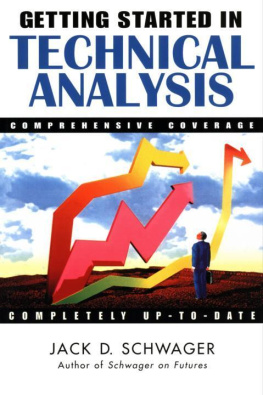

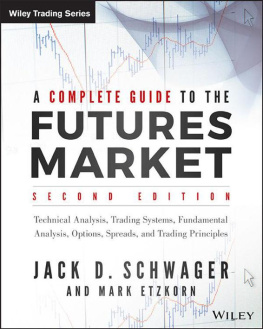

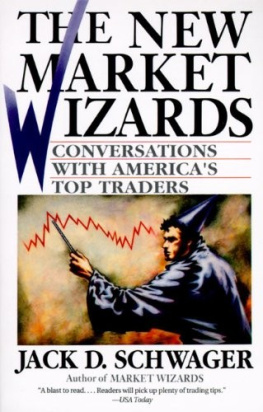

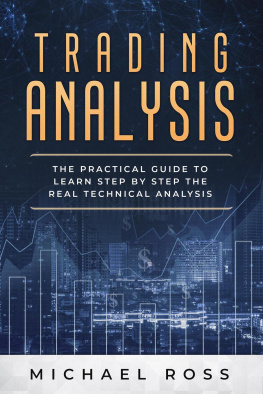
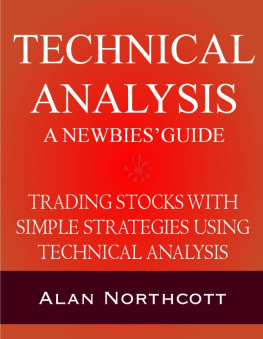
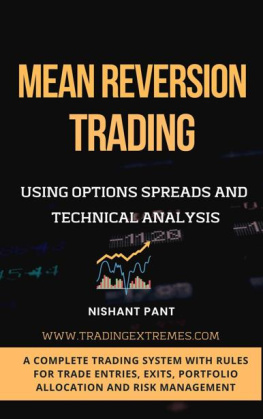

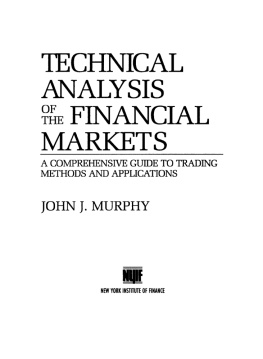
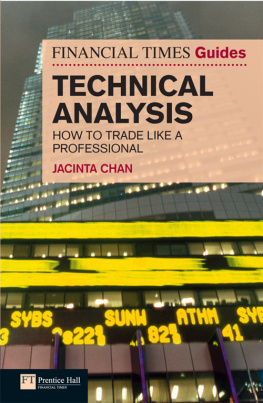













 rading success cannot be capsulized in a simple indicator, formula, or system-the pronouncements of countless books, advertisements, and brochures notwithstanding. This book is written by a trader, from a trader's perspective, rather than being yet another compendium of analytical techniques, indicators, or systems, using idealized illustrations.
rading success cannot be capsulized in a simple indicator, formula, or system-the pronouncements of countless books, advertisements, and brochures notwithstanding. This book is written by a trader, from a trader's perspective, rather than being yet another compendium of analytical techniques, indicators, or systems, using idealized illustrations.




